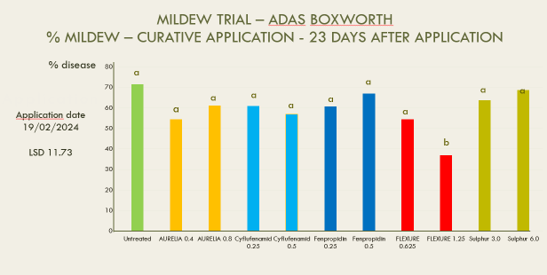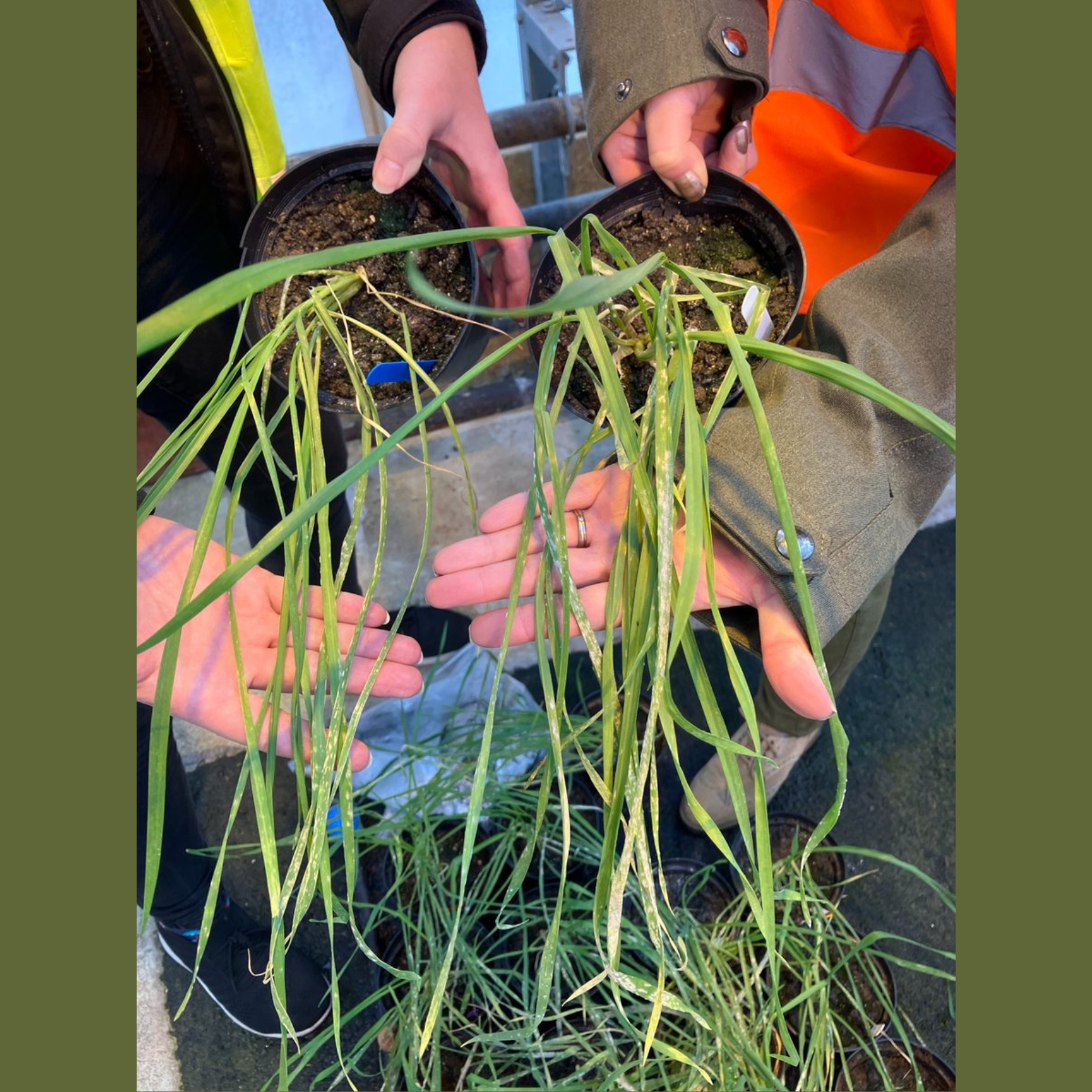Welcome to the April edition of the Life Scientific Newsletter.
As we continue to bring more reverse-engineered products to the Irish market, we are constantly looking for new information about well-established active ingredients and formulations to help our customers make informed decisions.
Whilst R and D manufacturers concentrate on new chemistry, there are still things to learn about older active ingredients and how they fit in current programmes.
A good example of this can be seen in this edition of the newsletter where we have new data on the activity of spiroxamine on today’s mildew.
Our product range now includes insecticides, fungicides, herbicides and a PGR, and covers a wide range of crops including cereals, maize, potatoes, fruit, vegetables and ornamentals and we will continue to develop more new products over the coming seasons.
A new introduction for 2024 – LS-PYRAC
We are excited to be bringing some new products to the market this year.
One important new introduction is LS-PYRAC, approved with PCS number 06844. LS-PYRAC contains pyraclostrobin and is a reverse-engineered formulation based on the well-established strobilurin standard, Comet 200.
It has curative and protectant activity against key diseases in winter and spring wheat, barley and oats, rye and triticale, and is especially strong on rusts. For optimum disease control, the product should be applied at the first sign of disease and before it is established in the crop.
The active ingredient has systemic and translaminar movement, meaning that it offers good coverage and activity against key diseases in the plant, but LS-PYRAC does not just give good disease control. In addition, LS-PYRAC’s label states that the product may give increased grain yields, even in the absence of visual disease symptoms, due to pyraclostrobin’s effects on the plant such as producing greener leaves and delaying senescence.
We have a supported list of tank-mix partners which are physically compatible with LS-PYRAC, and have recently added two key fungicides – Elatus Era and Siltra Xpro.
For a full list of tank-mixes, product information and approved label, visit the Life Scientific website :
Weed control in maize

Looking after the maize crop during its early development is critical and getting good weed control is key. Weeds compete with the young maize plants for light, water and nutrients and can quickly smother the developing crop. Competition from weeds is most damaging to maize in the early stages, so it is important to use an effective herbicide programme.
Life Scientific’s pre-emergence herbicide, LS S-METO, an EC formulation containing 960 g/L S-metolachlor, is a useful way to help protect your crop from weed competition, controlling some annual grasses and broad-leaved weeds in both forage and grain maize.
Applied at 1.4 L/Ha, LS S-METO is a residual herbicide which is taken up through the roots of the weed and needs to be applied before the weeds or the crop have emerged. It can be used on all maize varieties and is physically compatible with Stomp Aqua.
FLEXURE – new product and new information
Another new product for us this year is FLEXURE which has approval for use in wheat, barley, oats, winter rye, durum wheat and triticale.
FLEXURE combines the strengths of active ingredients from two different fungicide groups, prothioconazole from FRAC group 3 – DMI fungicides, and spiroxamine from FRAC group 5 – amines (“morpholines”), making it a useful part of any fungicide programme.
Whilst in the same overall FRAC group as morpholines, spiroxamine is in its own unique chemical group – the spiroketal amines. When first launched, spiroxamine was known to have good activity on rusts and powdery mildew, like the morpholines, as well as having activity on other diseases such as Rhynchosporium and Net blotch. Spiroxamine is protectant and curative, and is known to enhance the absorption of other fungicides into the plant.
Continuing our development work, Life Scientific conducted a trial this year with ADAS in the UK to investigate the activity of FLEXURE on wheat powdery mildew.
A trial was conducted in the glasshouse comparing FLEXURE at full rate (1.25L/Ha) and half rate, with standards including fenpropidin (Tern 750EC), cyflufenamid (Cyflamid), prothioconazole (AURELIA) and sulphur.
The products were tested for their protectant and curative properties.
Protectant treatments were applied before the plants were inoculated with powdery mildew and curative treatments applied 10 days after inoculation.
Results for protectant activity were similar for all products tested but FLEXURE gave the best and most persistent level of curative activity in the trial, showing that the combination of prothioconazole and spiroxamine is still effective against the disease.

Plants being checked for powdery mildew at ADAS Boxworth.

FLEXURE is physically compatible with a number of authorised plant protection products. Check the Life Scientific website for further tank-mix or product approval information at Life Scientific

